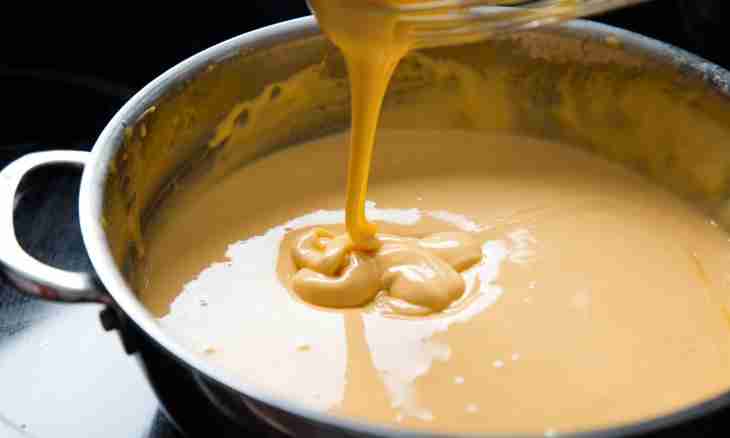To prepare an oil emulsion, it is possible to use olive, almond, peach, castor, vaseline oil, essential oils, cod-liver oil, all balms and other liquids which do not mix up with water. If in the recipe of an emulsion there is no designation of what oil needs to be used, take usually olive, sunflower, peach or almond oils. In the absence of instructions on amount of oil for receiving 100 g of an emulsion 10 g of oil undertake.
Instruction
1. For receiving oil emulsions emulsifiers are without fail used. The choice and amount of emulsifier depend on its nature and properties, concentration and application of an emulsion. As emulsifiers usually serve anion surfactant (soaps), some hydrophilic substances of natural origin (like pectin, a zhelatoza), semi-synthetic (MC, Na-MC) and also synthetic and others surfactant. Use of the polymers allowed for medical use is admissible.
2. If there is a need, it is possible to enter preservatives into structure of an emulsion (sorbic acid, nipazol, nipagin and others).
3. The manufacturing techniques of oil emulsions consist in grinding in a mortar of emulsifier, water and oil. Process includes two stages – receiving primary emulsion then its dilution by water. At the first stage it is necessary to adhere strictly to quantitative ratios of oil, water and emulsifier. For example, on 10 g of oil you can take 5 g of a zhelatoza and water of 7.5 ml (a half from the mass of emulsifier and oil).
4. Primary emulsion can be made in several ways which differ with the sequence of mixing of components.
5. As a rule, in a dry mortar mix up emulsifier with oil, then water is added to the received weight then grinding continues before emergence of the characteristic crackling sounds. It is sign of readiness of primary emulsion. Further the necessary amount of water is added to primary emulsion.
6. It is possible to arrive in a different way – to flow to the emulsifier pounded in a mortar, mix of oil and water then quickly to pound all this before formation of an emulsion. Further it is necessary to add the remained water, constantly stirring slowly with structure.
7. The first way is considered optimum as it is capable to provide a steady emulsion for shorter time.

